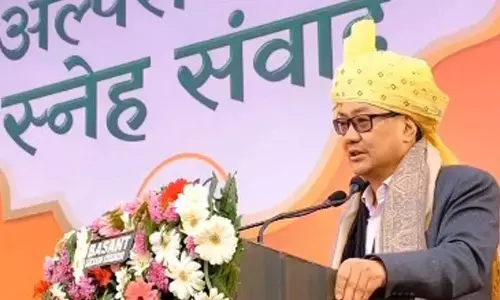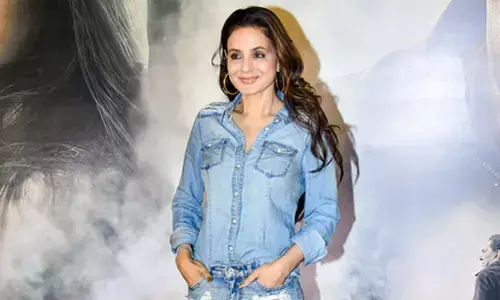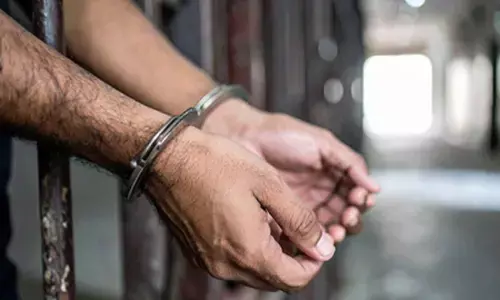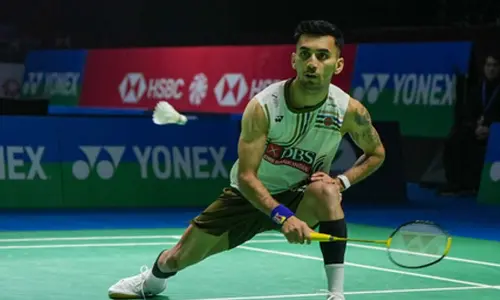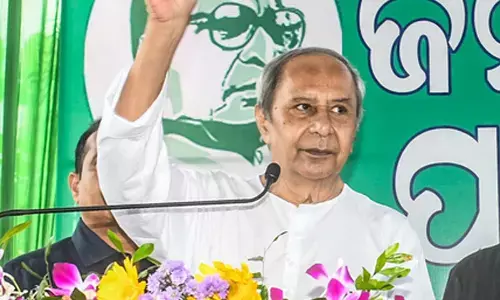Indian Renaissance- Part I

Indian Renaissance- Part I. A rapid social and religious awakening took place in India during the 19th century with British forces emerging in the country.
A rapid social and religious awakening took place in India during the 19th century with British forces emerging in the country. The influence of Western culture and education brought about a vast change in the decaying Indian society, with educated Indians working systematically for its revival

Raja Rammohan Roy
Roy was the central figure of the movement, and hence is regarded as the father of Indian Renaissance. He was a great patriot, scholar and humanist. Roy worked throughout his life for social, religious, intellectual and political regeneration and upliftment of Indians.
Rammohan Roy was born in 1772 in Radhanagar, a small village in Bengal. As a young man, he studied Sanskrit literature and Hindu philosophy in Varanasi and Persian, Arabic and Koran in Patna. He was a great scholar and mastered several languages including English, Latin, Greek and Hebrew.
Social Reforms:
In 1814, Rammohan Roy settled in Calcutta and dedicated his life to the cause of social and religious reform. As a social reformer, he fought relentlessly against social evils like sati, polygamy, child marriage, female infanticide and caste discrimination. He organised a movement against the inhuman custom of sati and helped Lord William Bentinck pass a law banning the practice (1829). It was the first successful social movement against a traditional social evil.
Education
Rammohan Roy was one of the earliest propagators of modern Western education. He used it as a major instrument to spread modern ideas in the country. He was associated with the foundation of the Hindu College in Calcutta (which later came to be known as the Presidency College). He also maintained with his own expenses an English school in Calcutta. In addition, he established a Vedanta College where Indian learning was offered alongside Western social and Physical Science courses.
He sent petitions to the government to adopt a wider system of public education in English. He also recognised the importance of vernaculars in spreading new ideas.
Journalism
He was a pioneer of Indian Journalism. He published journals in Bengali, Persian, Hindi and English to educate the public on various current issues. Samvad Kaumudi was the most important journal brought out by him.
Rammohan Roy was a firm believer of internationalism. He held that the suffering and happiness of one nation should effect the rest of the world. He took a keen interest in international events and always supported the cause of liberty and nationalism. He celebrated the success of the revolution in Spain in 1823 by hosting a public dinner.
Religious Reforms:
Rammohan Roy struggled persistently against social evils. He argued that ancient Hindu texts like the Vedas and Upanishads upheld the doctrine of monotheism. To prove his point, he translated the Vedas and five Upanishads into Bengali.
In 1849, he wrote the book “Gift to Monotheism” in Persian. Rammohan Roy was a staunch believer in the philosophy of Vedanta (Upanishads) and vigorously defended the Hindu religion and Hindu philosophy from the attack of the missionaries. He wanted to mould Hinduism into a new cast to suit the requirements of the age.
In 1829, Rammohan Roy founded a new religious society known as the Atmiya Sabha, which later came to be known as the Brahmo Samaj. The society was based on the twin pillars of rationalism and the philosophy of the Vedas. The Brahmo Samaj emphasised human dignity, criticised idolatry and denounced social evils like Sati.
Rammohan Roy represented the first glimmerings of the rise of national consciousness in India. He opposed the rigidity of the caste system because it destroyed the unity of the country. The poet Rabindranath Tagore remarked: “Rammohan was the only person in his time, in the whole world of men, to realise completely the significance of the Modern Age.”
Henry Vivian Derozio
With the establishment of Hindu College in Bengal in 1817, the Bengal province saw a strong reform movement. A radical movement for the reformation of the Hindu Society, known as the Young Bengal Movement, started in the college.
Its leader was Henry Vivian Derozio, a teacher of the Hindu College. Derozio was born in 1809. His father was Portuguese and his mother was Indian. In 1826, at the age of 17, he joined the Hindu College as a teacher and taught there till 1831.
Derozio was deeply influenced by the revolutionary ideas of liberty, equality and fraternity. He was a brilliant teacher and within a short period of time, he drew around him a group of intelligent boys in the college.
He inspired his students to think rationally and freely, to question authority, to love liberty, equality and freedom and to worship the truth. By organising an association for debates and discussions on literature, philosophy, history and science, he spread radical ideas.
The movement started by Derozio was called the Young Bengal Movement and his followers were known as the Derozians. They condemned religious rites and the rituals, and pleaded for eradication of social evils, female education and improvement in the condition of women.
Derozio was a poet, teacher, reformer and a fiery journalist. He was perhaps the first nationalist poet of modern India. He was removed from the Hindu College because of his radicalism and died soon after at the age of 22.
The Derozians could not lead a very successful movement because social conditions were not yet ripe for their ideas to flourish. Yet they carried forward Rammohan’s tradition of educating people on social, economic and political issues.
Debendranath Tagore:
Debendranath Tagore revitalized the Brahmo Samaj. His first step was to convert the Brahmo Samaj into a separate religious and social community. He represented the best in traditional Indian learning and the new thought of the West. In 1839, he founded the Tatvabodhini Sabha to propagate Rammohan Roy’s ideas. He promoted a magazine to conduct a systematic study of India’s past in the Bengali language. The Samaj actively supported the movements for widow remarriage, abolition of polygamy, women’s education and the improvement in the condition of the peasantry.
Keshab Chandra Sen:
Keshab Chandra Sen carried on an intensive programme of social reform. He set up schools, organised famine relief and propagated widow remarriage. In 1872, the Government passed the Native (Civil) Marriages Act legalising marriages performed according to Brahmo Samaj rites.
Iswar Chandra Vidyasagar:
Iswar Chandra Vidyasagar, a well known personality of the mid- nineteenth century, was born in a poor Brahmin family of Bengal in 1820. He was a renowned Sanskrit scholar and became the Principal of the Sanskrit College in 1851, which conferred on him the title of ‘Vidyasagar’ because of his profound knowledge in Sanskrit.
Pandit Iswar Chandra Vidyasagar was both a scholar and a reformer. He was a humanist and had deep sympathy for the poor and the oppressed. He dedicated his entire life to the cause of social reform, which he thought was necessary to modernise India. By admitting non-Brahmin students to the Sanskrit College, he dealt a severe blow to the prevalent caste system.
Vidyasagar was a staunch supporter of women’s education and helped Drinkwater Bethune to establish the Bethune School, the first Indian school for girls, in 1849. As Inspector of Schools, Vidyasagar opened a number of schools for girls in the districts under his charge.
Vidyasagar’s greatest contribution was the upliftment of widows. Despite opposition, Vidyasagar openly advocated widow remarriage. Soon a powerful movement in favour of widow remarriage was started. After a prolonged struggle, the Widow Remarriage Act was passed in 1856. He also spoke vehemently against child marriage and polygamy.
Vidyasagar contributed enormously to the growth of the Bengali language and the evolution of the modern Bengali prose style. He wrote a Bengali primer, ‘Varna Parichay’, used even today. Through his writings, Vidyasagar spread awareness on social problems.








